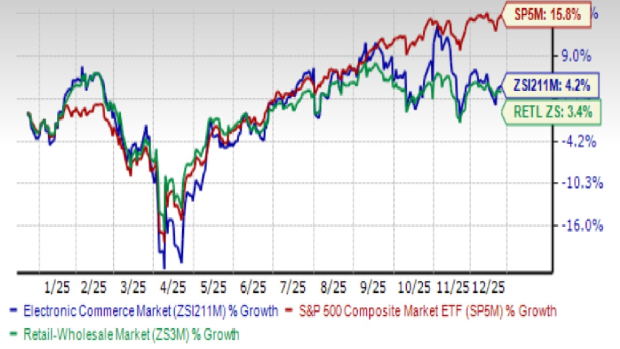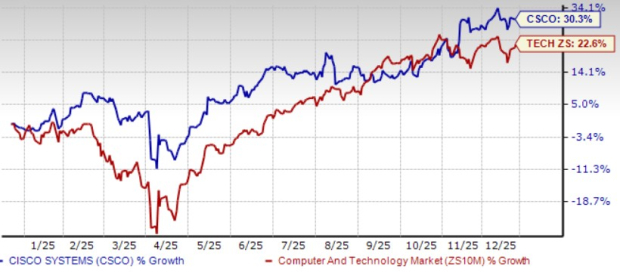Tesla Could Soar with Trump’s Return to the White House
Donald Trump is making his way back to the Oval Office, and Tesla (NASDAQ:TSLA) appears poised to benefit significantly. Elon Musk, CEO of Tesla, has become a key supporter of Trump’s 2024 campaign, contributing money, campaigning actively, and using his platform on X to rally support. With Trump back in power, Tesla could thrive under the new administration, potentially driving its stock price towards $1,000. Here’s an exploration of how this might unfold.
Opportunity for Growth as Trump Takes Office
Tesla already dominates in growth areas like electric vehicles, AI, and renewable energy. Trump’s presidency could introduce tax cuts, relaxed regulations, and trade policies that favor U.S. companies, allowing Tesla to maximize its potential. This could include direct government funding for new factories to increase U.S. production, tariffs shielding Tesla from foreign rivals, and fewer regulations affecting Tesla’s AI ventures. Under Trump, Tesla might see more innovative policies that could greatly benefit the company.
Historical Performance of TSLA
The fluctuations of TSLA stock have been notable over the last three years: 50% growth in 2021, a drop of 65% in 2022, and a remarkable 102% increase in 2023. In contrast, the Trefis High Quality (HQ) Portfolio, made up of 30 robust stocks, exhibited less volatility and consistently outperformed the S&P 500 during the same period. This leads us to consider why Tesla may now be set for success as Trump resumes office.
Tesla’s Resilience Without Subsidies
Trump may likely reduce or eliminate government subsidies for electric vehicles (EVs), yet Tesla’s operational efficiency offers a distinct advantage. While the current $7,500 tax credit has been beneficial, Tesla’s competitive edge means it can likely thrive without this support. Rivian, for example, incurred losses of $1.4 billion in two recent quarters and might struggle without subsidies. Similarly, U.S. automakers like GM and Ford sold only 22,000 EVs in Q2 2024 out of nearly 700,000 total vehicles, lacking the efficiency and scale that Tesla has achieved.
Cost Leadership as a Competitive Advantage
Tesla stands out as one of the lowest-cost producers in the EV sector, thanks to its vertically integrated operations that cover battery production and software development. The company’s Gigafactories enhance efficiency and reduce costs, while its minimal advertising spend further boosts profit margins. In Q3 2024, Tesla registered a 7% adjusted profit margin, even amid industry pressures; in 2022, it reached an impressive 17% margin. Without government subsidies, Tesla’s ability to manage costs and retain profitability sets it apart from less efficient players.
Trade Policies Favor Tesla
Trump’s trade strategies may strengthen Tesla’s edge. Currently, there is a 100% tariff on Chinese EVs, with Trump suggesting a possible increase to 200% for those built in Mexico and imported to the U.S. These tariffs pose significant barriers for Chinese manufacturers looking to enter the U.S. market. While Trump encourages them to manufacture stateside, substantial investments in China make such a move unlikely. As tariffs increase, Tesla’s local production and cost efficiency will provide a significant advantage over domestic and foreign competitors.
Potential Growth in Renewable Energy
Despite Trump advocating for oil and gas production, his administration could still present opportunities for Tesla in renewable energy. Tesla, which emphasizes energy storage solutions, could benefit from tax cuts aimed at domestic manufacturers. Renewables thrive on cost reduction and scaling, areas where Tesla excels.
Moreover, improved regulations could accelerate renewable energy initiatives, and an emphasis on modernizing the energy grid may lead to heightened demand for Tesla’s products. The company is well-positioned, given its strong foothold in energy density, cost efficiency, and software integration. Tesla’s commitment to expanding its manufacturing capacity further solidifies its stance in the growing renewable energy sphere.
Deregulation Could Accelerate AI Development
Changes in regulations aimed at supporting AI and self-driving technology might also work in Tesla’s favor. Trump’s focus on reducing red tape could streamline processes surrounding autonomous vehicle testing and deployment, propelling Tesla’s advancement in Full Self-Driving (FSD) technology. To date, FSD users have logged over 1.3 billion cumulative miles, generating critical data for enhancing machine learning. With fewer regulatory barriers, Tesla may expedite the launch of self-driving features, reinforcing its lead in this competitive market.
Understanding the Financial Projections for Tesla Stock
Examining the numbers reveals how Tesla’s stock price could potentially triple from its present levels. Anticipated revenue growth from around $120 billion in 2025 to approximately $400 billion by 2029 could stem from increased EV sales, new market entries, and robust energy sales. This translates to an annual growth rate of about 35%, aligning with Tesla’s growth from 2018 to 2023.
While Tesla’s profit margins peaked at around 15% in 2023, there’s potential for them to reach about 25%. Increased tax incentives, expanded software sales, and operational improvements could drive this success. If these scenarios hold, Tesla could generate around $100 billion in net profits. Currently, Tesla’s P/E ratio stands at approximately 75x, based on projected earnings for 2025 and a stock price around $280. With a reduction of this multiple to 30x by 2029, Tesla’s market cap could grow to about $3 trillion, suggesting a stock price of over $930 per share.
As investors hope for a stable U.S. economy amid anticipated rate cuts, questions linger about the impact of a potential recession. For insights into how stocks have performed during past market crashes, our dashboard “How Low Can Stocks Go During A Market Crash” provides a look at the resilience of key stocks in challenging times.
| Returns | Nov 2024 MTD [1] |
2024 YTD [1] |
2017-24 Total [2] |
| TSLA Return | 13% | 14% | 1889% |
| S&P 500 Return | 0% | 20% | 155% |
| Trefis Reinforced Value Portfolio | 3% | 18% | 776% |
[1] Returns as of 11/6/2024
[2] Cumulative total returns since the end of 2016
Invest with Trefis Market-Beating Portfolios
See all Trefis Price Estimates
The views and opinions expressed herein are those of the author and do not necessarily reflect those of Nasdaq, Inc.





